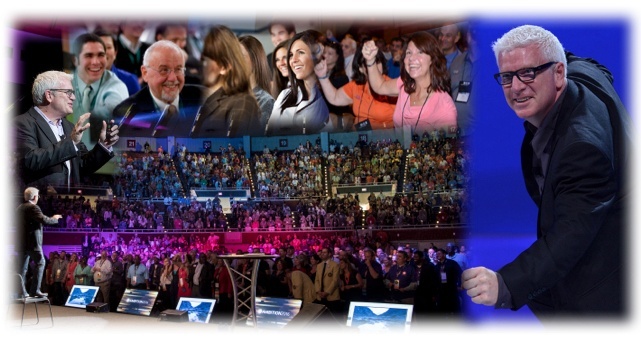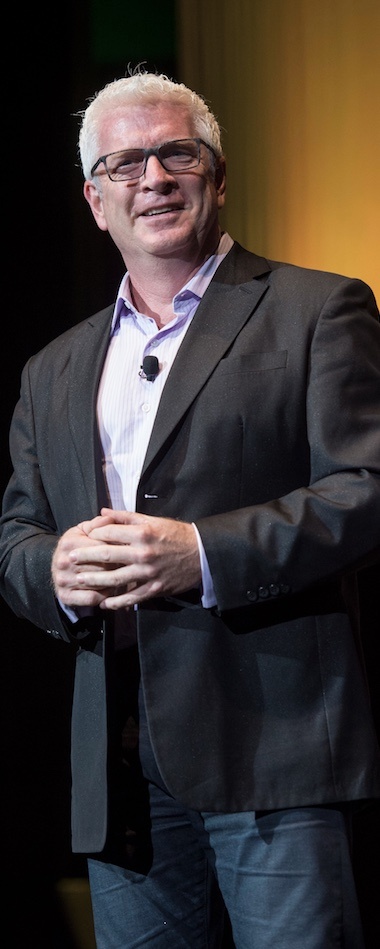At the heart of Bloomberg’s Manhattan offices is the complimentary food court. Nothing brings people together like chow. But for Big Biz Bloomberg, food’s not on the leadership's menu. Instead, they know by bringing people together, there is a recipe for innovation.
Bloomberg’s HQ features, low barrier cubicles, open offices, glass conference rooms, elevators at every other floor and multiple, open staircases between levels. Central to their 23 stories, is the sixth floor. All traffic must channel through the lobby. The premise is concise. When people cross paths they make connected inroads towards progress.
Interaction by design is not new. Thomas Edison made sure his lab had plenty of interactive opportunities. Interfacing with people, materials, projects and environments was at the center of Edison’s innovation. In Edison’s words, “Hell, there are no rules here – we’re trying to accomplish something.”

Up until fairly recently, separating senior executives from employees was the norm. Now, personnel and officers routinely mix. A walk through the amped-up Zappo’s facility or an elder corporate entity, State Farm, floor plans feature an open, collaborative work environment as the new-normal.
The first obvious question: “Isn’t an open environment distracting?” According to Michael Bloomberg, shutting out distraction is a skill. The assumption is that people will adapt. Take a random sampling of employees who work in an interactive workspace and the response is consistent. Yes, you kind of adapt. You wear headphones. It can still be distracting and frustrating.
The International Management Facility Association states that nearly 70 percent of US employees work in open office plans. But the love affair with a collaborative setting by minimizing cubicles or offices has proved ineffective when the “ability to focus was not also considered,” evidenced in a recent study by the Gensler design agency. In other words, if collaboration trumps focus, neither is effective.
Google is known for its obsession with tweaking an idea until they get it right. Such is the case with their office space. Open work areas are mixed with, flexible furniture, private and semi-private settings. It seems the ghost of Thomas Edison is alive and well at Google.
Well ahead of his time, Edison instinctively knew a collaborative dynamic was critical in the pursuit of innovation. He mixed machine shop equipment, alongside chemical laboratories, office space and wood lathes for prototyping models. Although he set aside his own office space, it doubled as the company library. Each employee was encouraged to work in the library, or any other space, as desired. Thomas Edison favored networks over hierarchies. His dedication to a learning centric environment was clearly a boon to 20th century innovations.
Here are the 3 Motivational Ingredients for Innovation at Work.
Be a:
• “Cross Path” Planner – Structure settings and processes for crossing paths with your network of colleagues.
• “Quiet Retreat” Strategist – Erase distractions when needed.
• “Collaboration” Mixologist – Don’t just rely on a dyad for idea exchange. Make sure your collaboration cocktail has 3 or more people in it.
Add this recipe to your innovation cookbook for delicious, motivational progress.
*******
If you’d like to receive weekly 70 Second eBrief’s
to reach your BIG GOALS in Less Time,
just click....











